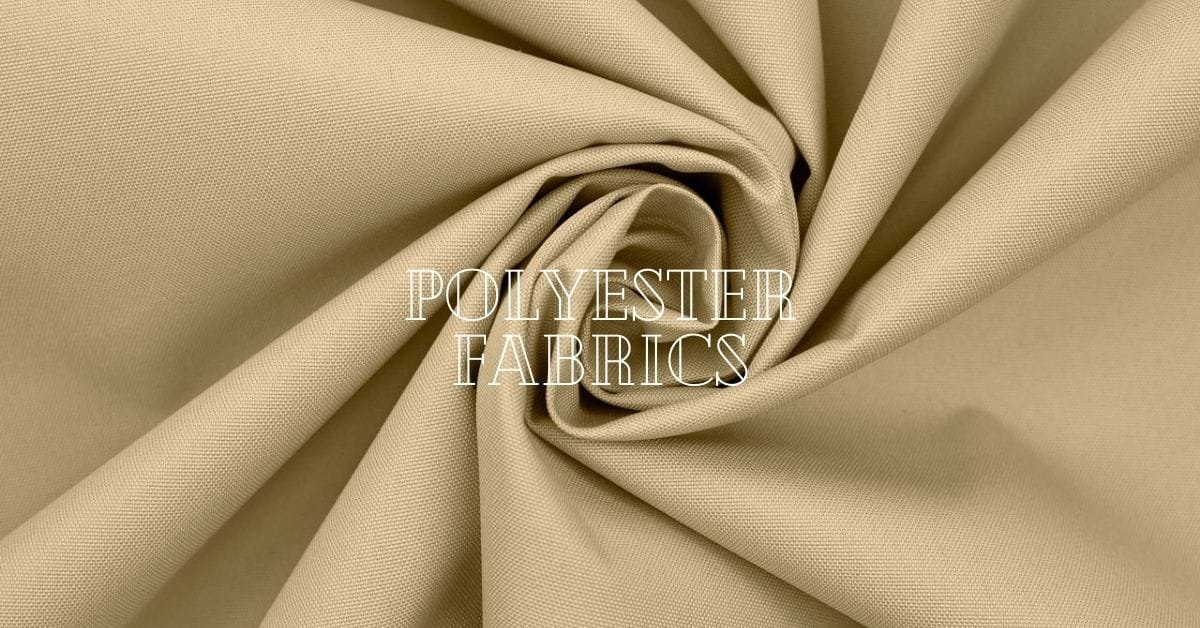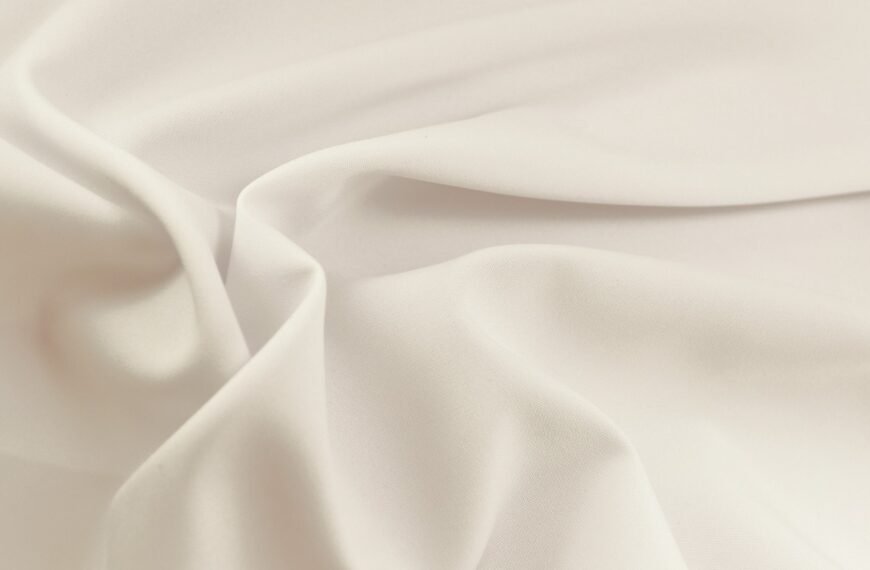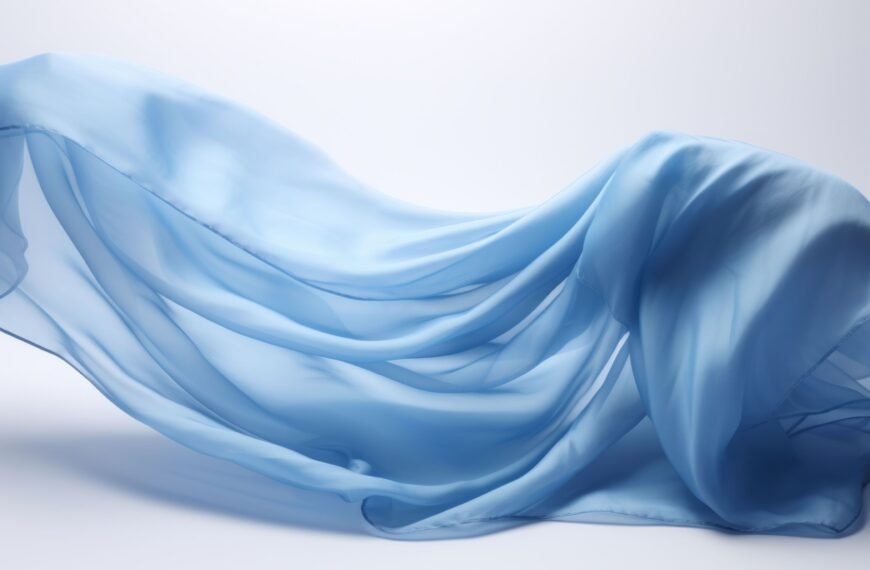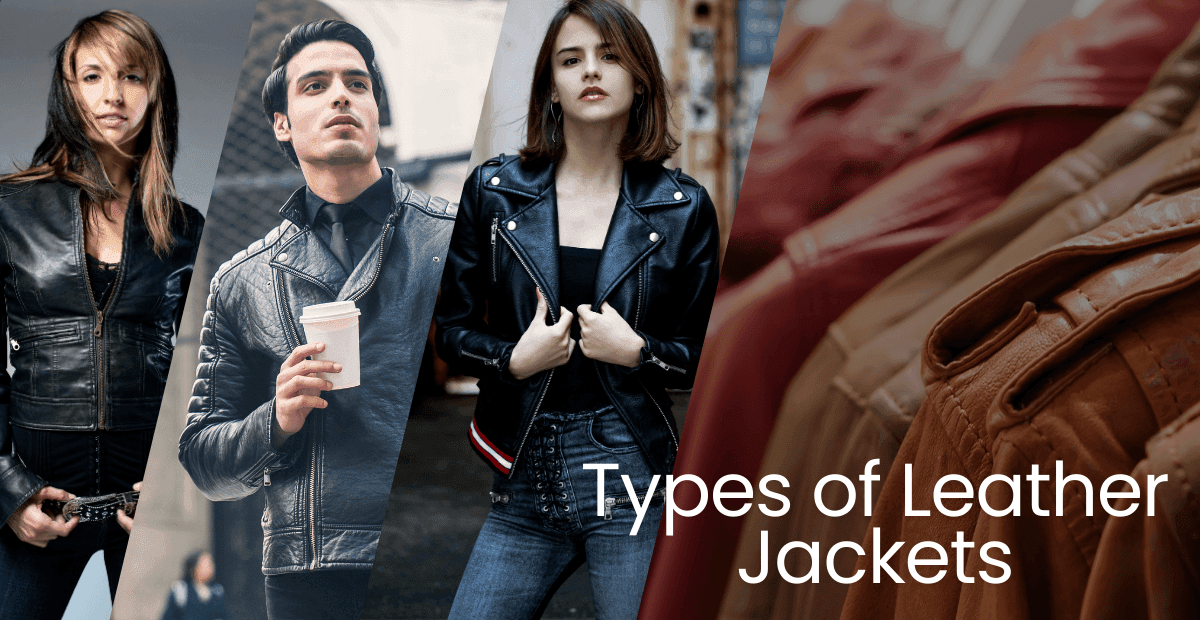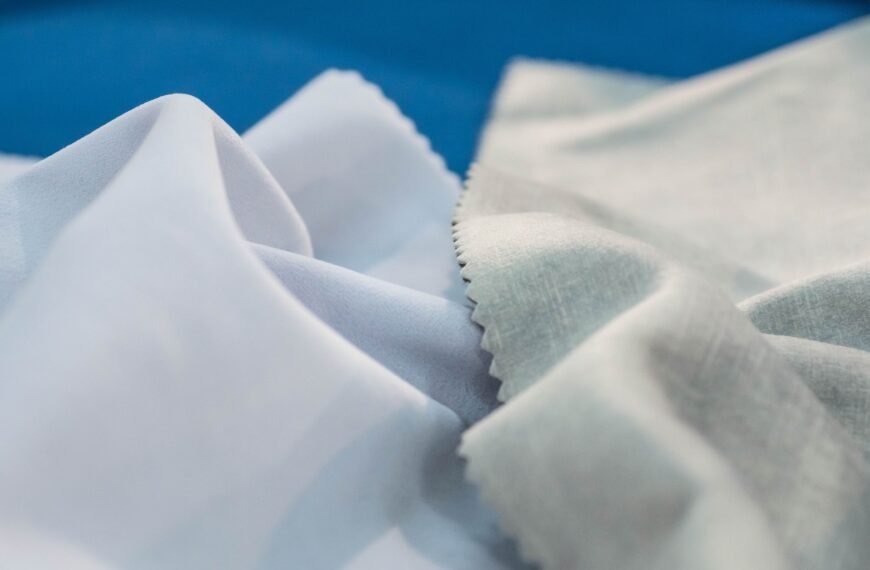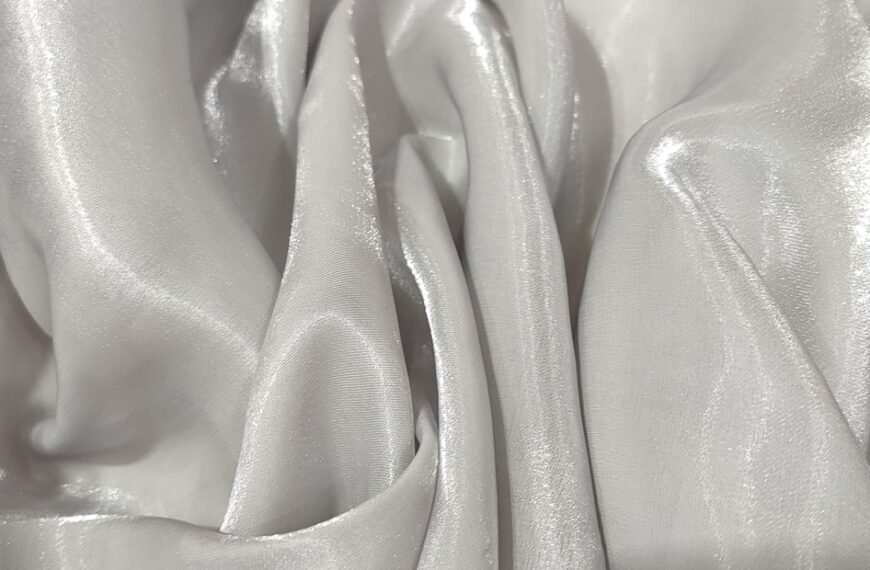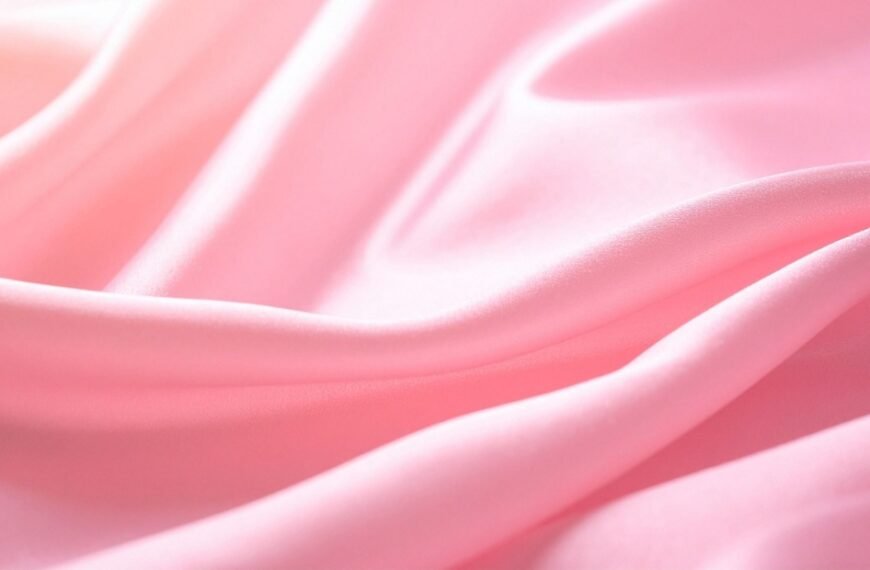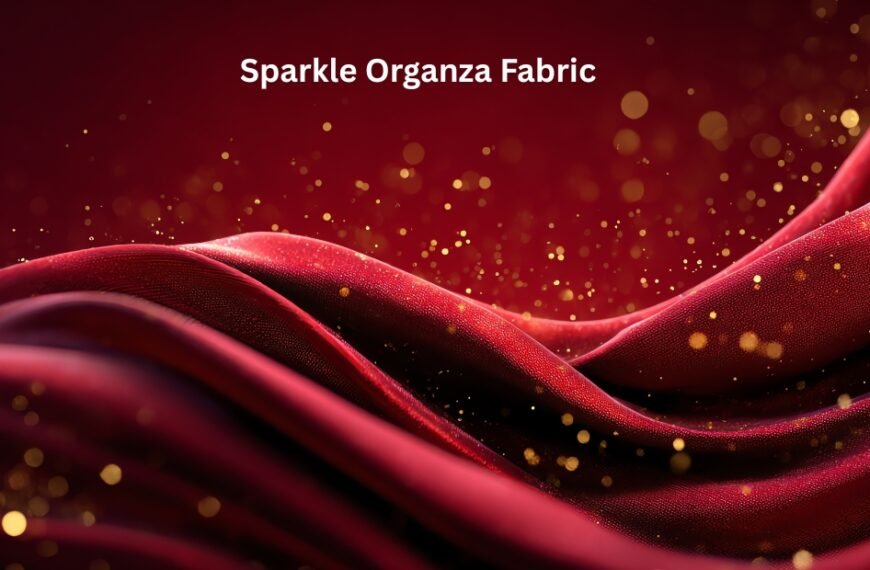Currently, polyester is one of the most used fabrics in the world. It can be found in garments, upholstery, industrial works, and much more. But what is polyester and what differentiates its fabric from others?
In this article, we will define what is polyester fabric. what distinguishes it. And its wide array of applications across different sectors. This serves as an ultimate guide to fashion lovers, DIY enthusiasts, and other fabric inquisitors alike!
So What Exactly is Polyester Fabric?
Polyester is a synthetic material constructed from polymer filaments. These filaments come from petrochemical sources which make the polyester fall into the category of synthetic or artificial fibers. The manufacturing of polyester commences with the heating. And bonding of petroleum-derived elements like terephthalic acid and ethylene glycol to create polyethylene terephthalate (PET) polymer. After PET is manufactured, it is processed into filaments that can be woven or knitted to fabric.
There are various reasons why polyester has gained its fame in the market. It is inexpensive, sturdy, and simple to take care of. Most significantly, innovations in technology allow the fabric to be designed for various purposes. Which makes it one of the most versatile fabrics available today.
Key Properties of Polyester Fabric
In regards to textile applications, polyester fabric is furthest known for its versatility making it highly suitable for various functions. Most common application areas are revealed below:
Durability and Strength
Polyester outstands most fibers on durability, enabling it to be used on curtains and sofas. Home fabrics especially used for clothing and home textiles can deliver comfort while withstanding heavy use. Even after numerous washes, this fabric does not stretch or shrink, and most importantly, it does not fade. As a result, apparel that incorporates polyester maintains a fresh appearance for extended periods of time.
Wrinkle Resistance
Another reason polyester is popular is its significant resistance to creases. Unlike natural fibers like cotton and linen, wrinkles are not common with garments made of polyester which makes the fabric handy. Because of this, it is easier to maintain compared to cotton and linen.
Moisture-Wicking Ability
Polyester fibers possess the distinct ability of wicking moisture. They move moisture away from the body then disperse it from the fabric, which makes these fibers perfect for active wear as well as sports wear. With such fabric wicking away moisture, oxygen permeability increases whilst the possibility of harmful bacteria multiplying is reduced, keeping the fabric fresh for longer periods of time.
Color Retention
Polyester fabrics, unlike natural fibers, do not fade easily with veteran exposure to sunlight nor do they fade with wash and tear. Thus, polyester based products and garments always appear vivid and radiant.
Easy Care
A textile that stands out is polyester fabric because it requires little attention. It is simple to clean, dries quickly, and does not need ironing, which makes it ideal for those with hectic schedules.
Mildew And Mold Resistance
Polyester has high resistance to mildew and mold, which is a problem associated with most natural fabrics, especially in warm and wet surroundings. This characteristic makes polyester ideal for outdoor equipment, furniture, and other items used where water is present.
Comfort And Breathability
Polyester may not be as breathable as natural materials stretch like fabric, cotton, or linen, but contemporary polyester fabrics are engineered with increased breathability. On the other hand, polyester blends are engineered to provide the comfort of natural fibers while polyester has the strength and easy-care of synthetic fibers.
Different Uses Of A Polyester Fabric
Polyester is an adaptable material and its uses are endless. Let us look at some of the uses of polyester fabric in different fields and the industries that use them.
Fashion and Apparel
Fashion and Apparel Polyethylene is a significant component of the fashion industry. It is utilized in the production of multiple garments like t-shirts, skirts, dresses and even suits. Due to the resilience and affordability of polyester it is extensively utilized in fast fashion and large scale manufacturing. It is also possible to blend polyester with other materials like cotton, wool, and even spandex to produce superior quality textiles.
Polyester is also widely used in the manufacture of sportswear. A lot of sports teams and professional athletes prefer polyester garments due to their moisture drawing and stretching characteristics. For example, tracksuits, polyester jerseys, along with yoga pants provide comfort and flexibility in addition to its sturdy make.
Home Décor and Upholstery
Home Decor and Upholstery From decorative pillows to curtains, polyester made sofas and chairs are incredibly well liked. Polyester is also a very renowned fabric when it comes to home decor upholstery due to its stain resistant properties and ease of cleaning. Moreover, poly-cotton upholstery fabrics come in many designs and shades which is perfect for any room setting.
bedding and Linens
Linen and Bedding Polyesters are extensively used in the production of bed linens, pillow covers, and quilts. Polyesters are known for bedding products like sheets and pillow covers, as they are pleasant and smooth to touch, as well as moisture absorbent, and wrinkle free. In addition, poly cotton blends are soft, gentle, and inexpensive, making them a favorite choice for blankets.
Outdoor Gear and Equipment
Gear and Equipment For the Outdoors Because of its ability to withstand moisture and its durability, polyester is often used in producing outdoor items. Polyester fabric is lightweight, mildew resistant, and water proof, which makes tents, sleeping bags, backpacks, and jackets ideal for camping and hiking.
Industrial and Technical Applications
Applicational and Industrial Uses One of the many advantages of polyester fabric is that it is durable and resistant to wear, making it favorable for use in industrial and technical applications. This includes conveyor belts, tire cords, ropes, and geotextiles. In most applications, polyester is used together with other materials to achieve better results.
Accessories and Luggage
Luggage and Accessories Polyester is also used in making accessories like bags, purses, and suitcases. Its low price, ruggedness, and ability to withstand rough use serves as the best reason why polyester is preferred for making luggage.
Eco-Friendly Innovations Within Industries
The creation of materials such as rPET which stands for Recycled Polyethylene Terephthalate is a response driven by the quest for sustainable materials. rPET is obtained from previously utilized plastic bottles. This new type of material reduces the negative consequences brought on by the production of polyester. Numerous companies are now implementing rPET in their items and assisting the economy that reduces the prominence of waste.
Benefits of Polyester Fabric
The existing benefits brought about by polyester fabric usage make it popular with consumers.
- Inexpensive: The global accessibility of polyester silk as an artificial fabric makes it inexpensive for manufacturers and consumers as well.
- Durability: Unlike most natural woven fibers, polyester is one of the strongest fabrics in the world, thus making it highly durable.
- Easily Cleaned: Easy to care for, foggy weather, dirty conditions, and sunlight don’t jeopardize the quality of polyester fabric easily.
- Variety: With endless applications across various industries, polyester is a highly versatile fabric.
Cons of Using Polyester Fabric
Some issues revolving the use of polyester fabric are stated below despite its many advantages.
- Poor Air circulation: Allowing the skin to breathe freely is not among the characteristics of polyester, making it highly uncomfortable to wear during warm weather.
- Effect of Polyester on Nature: The usage of petrochemicals as a source of energy means that polyester is non biodegradable and some forms of this fabric can significantly harm the environment.
- Prone to Pilling:Pills are particularly apparent on stretched polyester as a result of careless laundry care. With time, polyester fabrics tend to accumulate tiny balls of fiber known as pills, most frequent with overuse.
The Trends of Polyester Fabric
Even though polyester has worsening environmental issues, it still is a widely accepted fabric because of its strength, flexibility, and lower cost. Sustainable fashion and increased recycling are changing the paradigm of polyester. They are more favorable to eco-friendly solutions like using recycled polyester. Other brands are also looking for ways to increase the comfort and breathability of polyester, the same way it is done to other fabrics in this competitive age of fashion. That way, polyester will still be relevant in the modern textile industry.
Conclusion
So, what is polyester fabric? It is known for being a synthetic fiber that is extraordinarily versatile, able of providing a large volume of services while being virtually low-maintenance. From clothing and home décor to industrial use, polyester is an integral fabric in everyday life. Its usefulness outshines its negatives which is why in an ever-changing textile world, it remains relevant. Although they pose problems, the solutions are always there.
With the increased focus on the sensitivity of environmental issues, switching to recycled polyester could be a suitably green solution. Innovations promising improved performance will alter polyester beyond recognition, but its core essence will remain the same.
Knowing how to use and the properties of polyester fabric enables the users to make smarter choices on what type of textile to choose. Polyester will always be optimal textile choice when purchasing clothing, home furnishings, or even outdoor gear because of its strength, cost effectiveness and flexibility.
